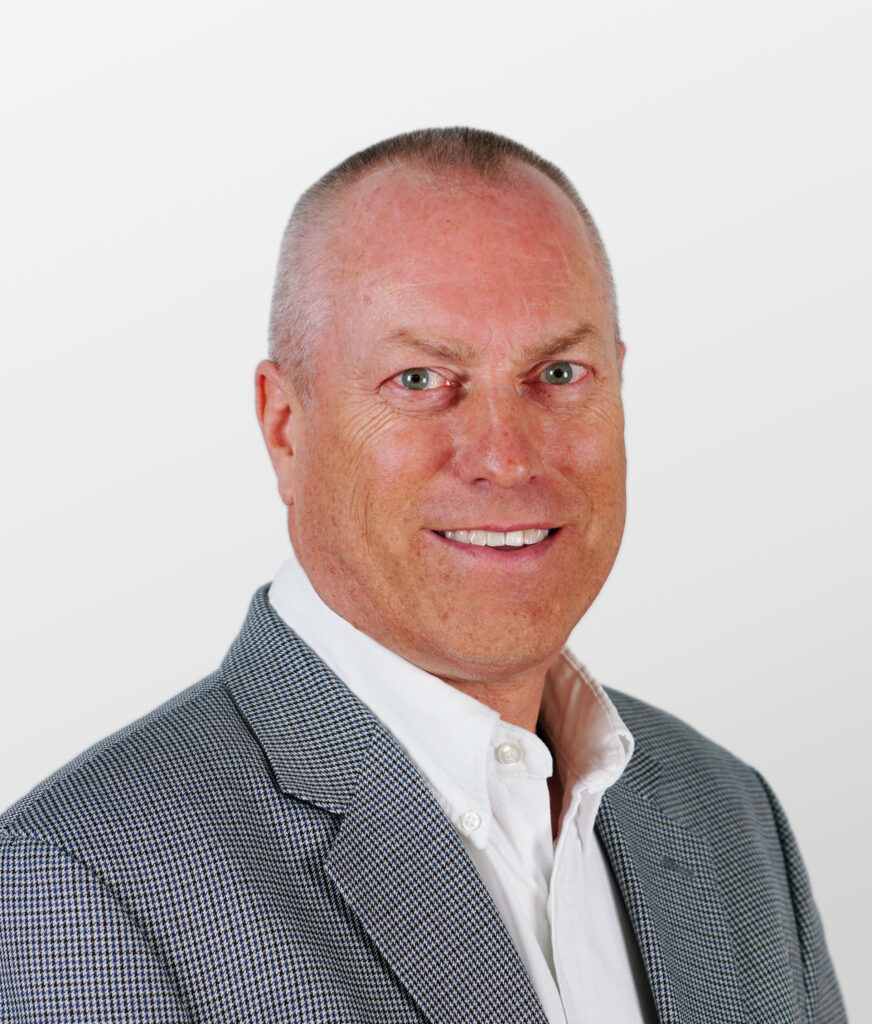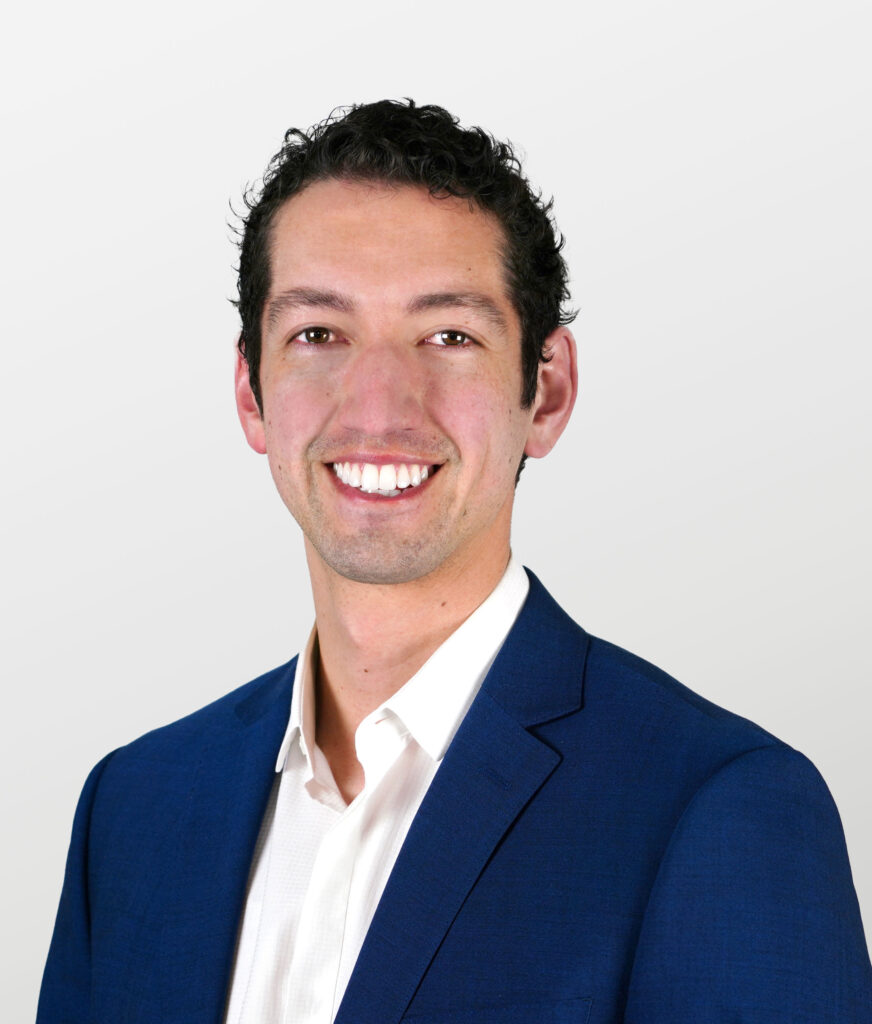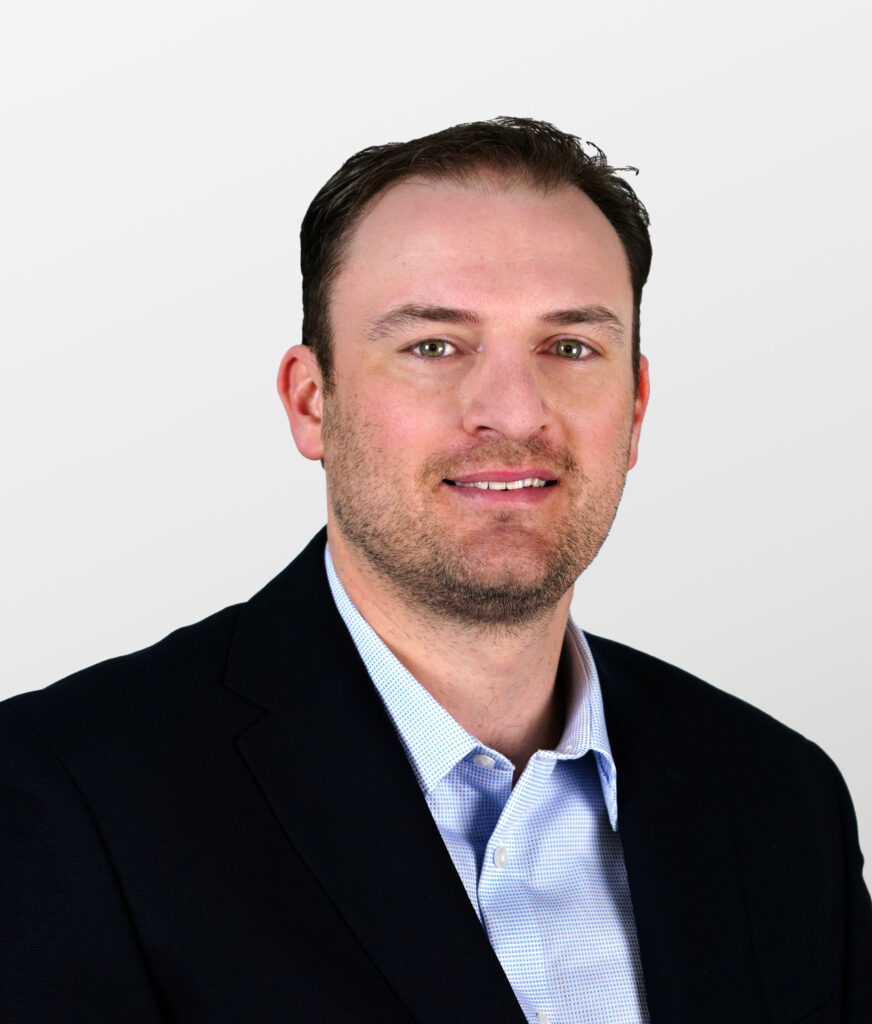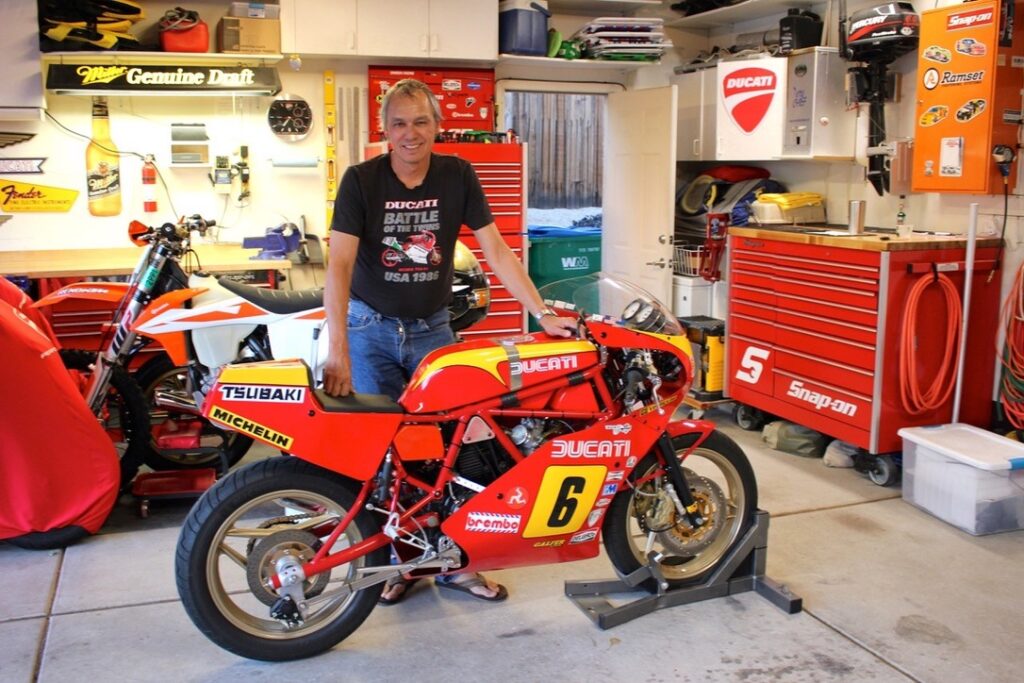55. EXPERIMENTAL STUDY OF BRIDGE ELASTOMER AND OTHER ISOLATION AND ENERGY DISSIPATION SYSTEMS WITH EMPHASIS ON UPLIFT PREVENTION AND HIGH VELOCITY NEAR-SOURCE SEISMIC EXCITATION
A series of shake table tests on an isolated bridge model included low and high damping elastomeric isolation systems, and low damping elastomeric systems with added linear and nonlinear viscous dampers. Each of these configurations could withstand much stronger seismic excitations than the non-isolated configurations. A set of low intensity tests was conducted to form a basis for comparison with the non-isolated configurations and also to test the effectiveness of these systems under low intensity excitation. The results of these tests are presented, followed by a discussion of the effects of scragging, the benefits of seismic isolation, and the significance of damping, the importance of added damping in near source seismic excitation and on the benefits and drawbacks of using nonlinear viscous damping.













